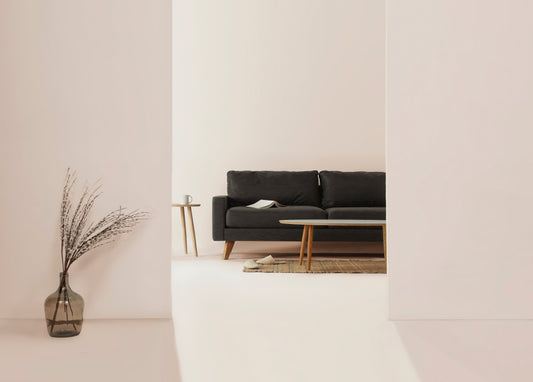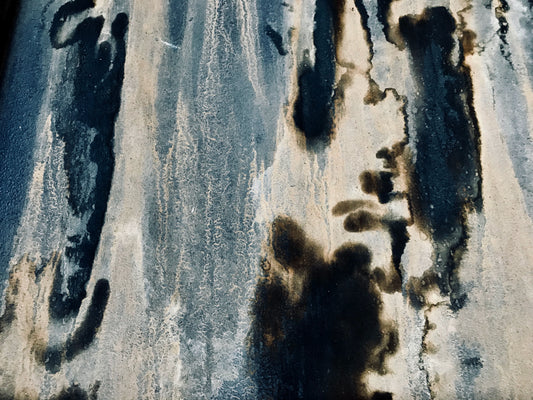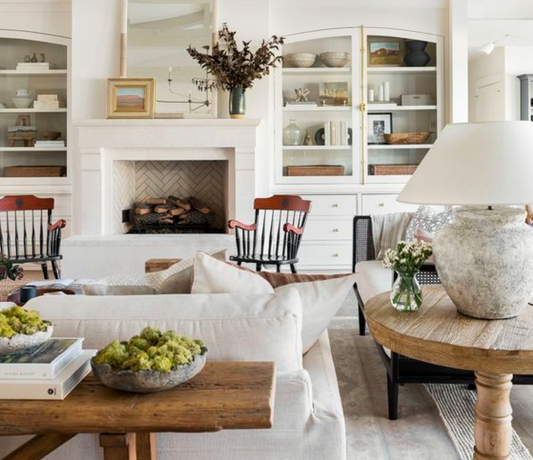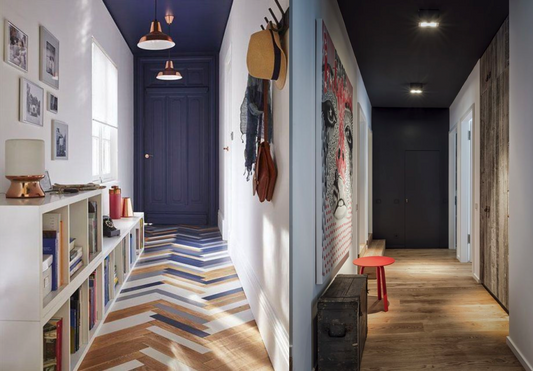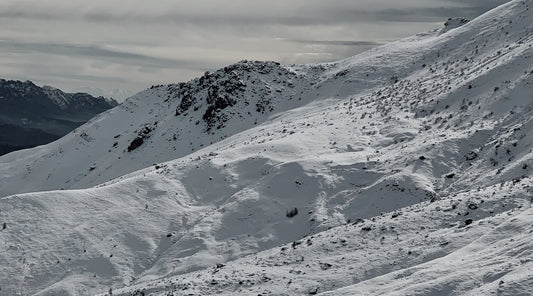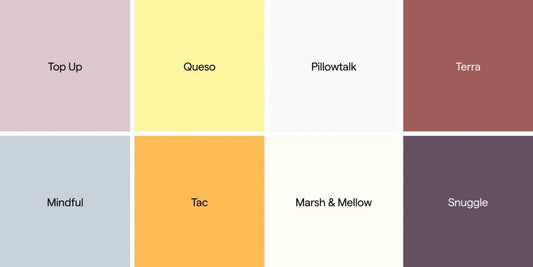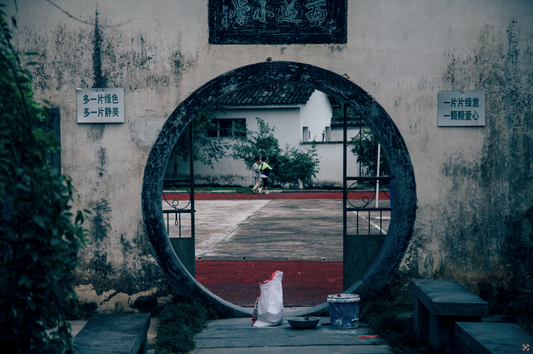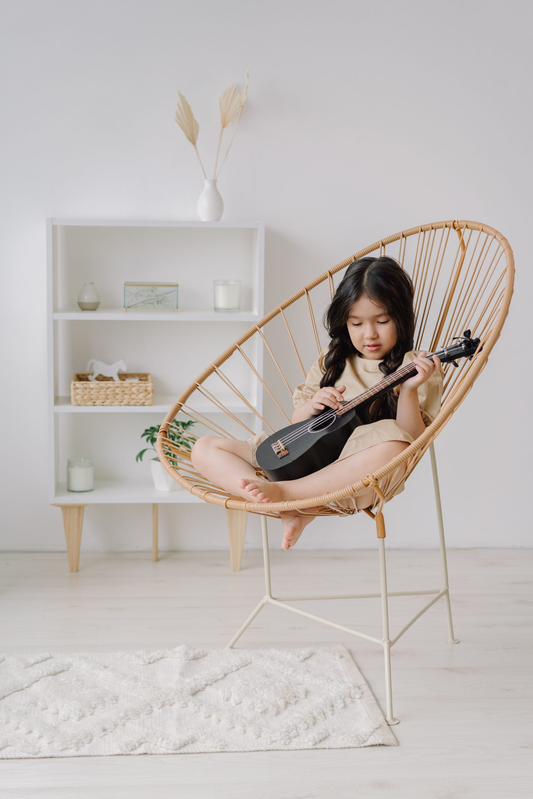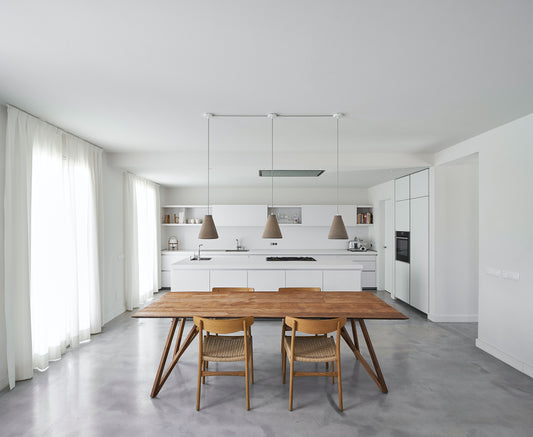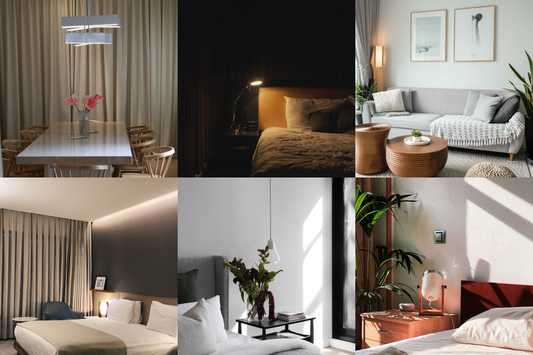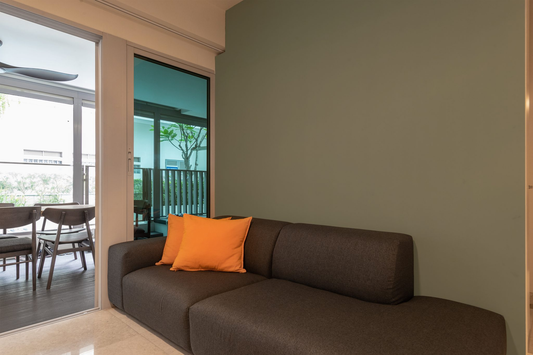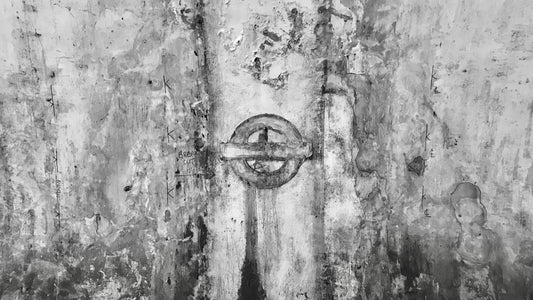Wellness
Mould or algae? A mini investigation of Sengkang and Punggol flats
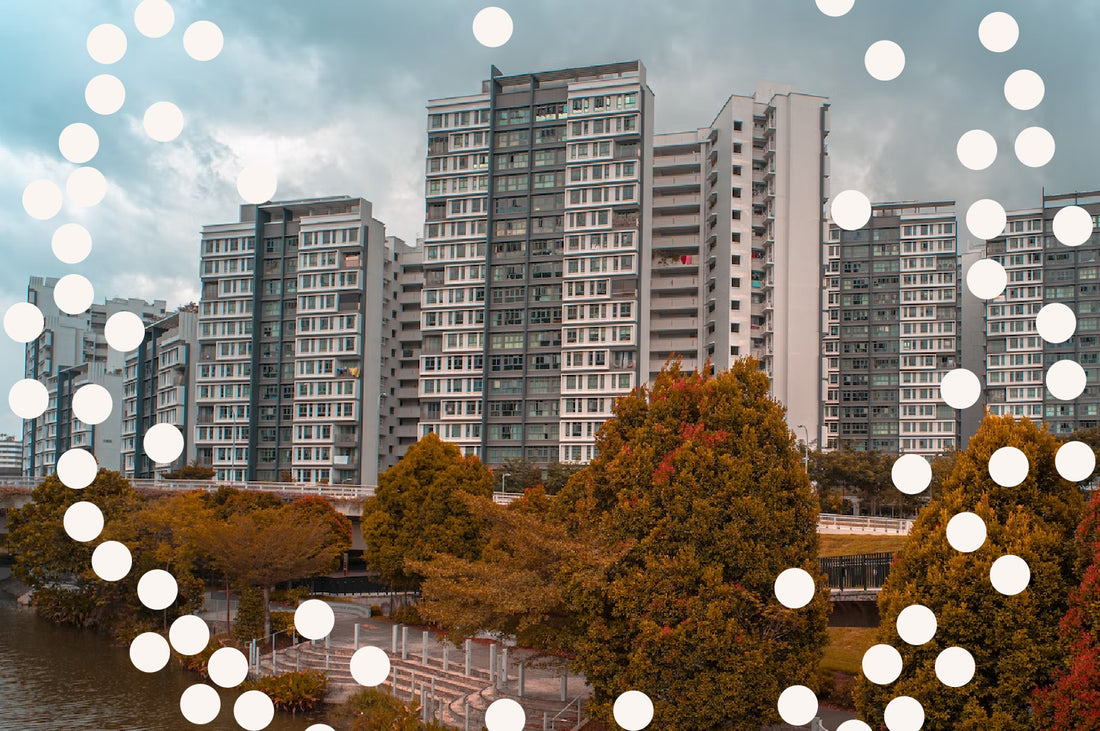
What’s that — mould on the facade of young Sengkang and Punggol flats?! A countless number of stakeholders dropped this article in our DMs, looking for our thoughts as anti-mould advocates. We conducted our own thought experiment that revealed the complexity of this situation. Is that mould or algae? That is the question.
At the moment, most news reports believe that these flats are affected by mould. If true, this has many implications on health, safety and the future of industry-wide materials used. The flats’ condition has been attributed to poor building materials, and/or quality of paint. We know HDB uses an anti-algae paint, not an anti-mould paint. On the flip side, mould doesn’t usually survive when exposed to sunlight. So which is it?
Before we go there, let’s get down to basics and learn exactly why this particular scenario is unusual.
Mould vs Algae.
There are millions of mould species¹. Some of our first experiences with mould are food-related. That loaf of bread that you’ve kept for too long that now smells and looks suspicious. Mould is basically fungi that feeds on organic and inorganic matter (like bread, leaves or drywall) and thrives on surfaces with high moisture². Algae on the other hand, are plant-like organisms that self-sustain through photosynthesis. Also with millions of species, algae are everywhere from aquatic settings to pavements². An important part of the ecosystem, algae are also responsible for producing approximately 70% of oxygen³ in the atmosphere.
In short, mould feeds on other matter to survive, while algae creates its own food. They are the antithesis of each other.

Characteristics of mould.
Generally, mould loves dark and damp places. It needs moisture, oxygen, food, warmth, and the presence of mould spores to grow. It’s less common to encounter mould out in the open as UV rays from the Sun are known to destroy their DNA structure — killing them⁴. However, there are some factors that could allow certain strains of mould to survive. It could be as simple as a layer of dust or debris, or the presence of Trichothecene, a group of toxins produced by certain types of fungi⁴.
Characteristics of algae.
Fans of daylight, algae can grow anywhere with sunlight, water and carbon-dioxide⁵. Algae are needed in aquariums and lakes to create a balanced ecosystem. You see them everywhere in the open — from pavements to park benches.
What do mould and algae have in common?
They both need moisture to survive. When located near a water body like these Sengkang and Punggol flats, both mould and algae have the potential to thrive.
Sengkang and Punggol: A fascinating case.
From a cursory look, it seems unlikely that mould has inoculated these flats considering their high exposure to UV rays. These flats tower into the sky, and are subject to weather elements like rain, heat and sunlight. These are conditions more favourable for algae growth, as compared to mould.
With that said, HDB uses 1 coat of water-based sealer and 2 coats of algae-resistant emulsion paint on building facades. According to a recent Q&A with MND, the algae-resistant paint used contains biocide, which prohibits the growth of algae culture. The sealer and paint comply with SS579 and SS345 standards respectively.

So… is it mould or algae?
If you’ve been following us thus far, you’ll understand the conundrum.
Without doing tests, it is hard to ascertain the nature of the growth with just a visual assessment. While one would think mould can't grow in the presence of sunlight, we know certain strains could potentially persist.
Logically, these paints have been put through tests and should work as intended. There is no regulation for exterior paints requiring any anti-moulding features as mould presumably shouldn’t be able to grow in bright places.
At the same time, these conditions are highly favourable for algae growth.
There is a chance that both mould and algae have occurred simultaneously, but we believe there is a higher chance that we’re dealing with mostly algae. And there’s definitely dirt involved in the mix too with the vertical streak marks.

Mould spores
Why is it important to tell the difference between mould and algae anyway?
Mould is always bad for our health. Most algae don’t do much but affect aesthetics.
Some of us have minimal symptoms from breathing in microscopic mould spores lingering in the air. Those with allergies and compromised immune systems bear the brunt of mould’s wrath. Symptoms range from skin irritation, red/itchy eyes, runny/stuffy nose, headaches, dizziness, and asthmatic symptoms to significant respiratory distress⁶. Notably, a study has shown that children who grow up in mould-infested areas have lower cognitive scores than their peers⁷, while their risk of developing asthma is higher⁸.
That’s to say, mould should definitely be taken seriously.
How can we do better?
For the case of the Sengkang and Punggol HDB flats, it’s beyond the personal, but a building-wide challenge. If flats are indeed mouldy and not simply algae-ridden, it is inevitable for spores from the building’s facade to enter homes. This leaves everything you own susceptible to mould germination and yourself to potential health effects.

Colour: Dairy Alternative
Protect yourself.
For those concerned about mould, algae or even dirt build-up, Gush has developed a suite of sustainable solutions to quell those pains.
Gush Interior Paints were put through rigorous testing for its anti-mould capabilities. Powerful microbial agents in our paint inhibit fungal growth and the porous core material prevents excess moisture build up on the surface, ensuring any mould spores don’t germinate on your walls. Besides that, it works hard in the background to ensure your air is purified of VOCs 24/7. Our paints are anti-bacterial, toxic-free, odourless and safe. For those living near water bodies, Gush Care in particular has an additional humidity-control functionality that helps regulate moisture in the air.
Gush Exterior Paints have been awarded the Green Label certification, and have surpassed both the SS345 and even the coveted SS678 standards. Besides algae-resistance, our paints reflect more than 89% of incoming solar rays, protect buildings from UV rays, resists cracking, moisture and dirt, has high coverage and is free of formaldehyde. Which means buildings painted with Gush feel less warm indoors and are much more energy efficient, while the paint performs better for longer.

Leveraging our existing exterior paint know-how, we’re currently working on a new Self-Cleaning Exterior Paint formulation that incorporates our past paint capabilities. Yup, you heard that right. The new formulation is highly hydrophobic, has extremely high Dirt Pick-Up Resistance (DPUR) and repels dust. This means any moisture-related growth have no room to germinate and any dirt streaks can be wicked away. Watch this space for more details to come.
Where do we go from here?
HDB is conducting a study⁹ to ascertain the cause of the supposed mould problem, and to brainstorm ways to prevent future occurrences. Besides that, BCA is conducting a study on the impact of changing climatic and weather conditions on the service life of facade materials, to identify more durable facade materials and develop best practices for their maintenance.
At Gush, we are deeply passionate about materials and how they work hard for us. We’re known for our innovative interior paints that purify the air and resist mould (amongst other features). We’re constantly reading and learning more about the needs of the industry. While we do carry exterior paint variants for B2B purposes, we are working tirelessly on improving our formulations. If you’d like to learn more, or help us validate our formulation thesis — reach out to us at hello@gush.earth.
Bibliography.
- “Punggol BTO Residents Also Complain of Mouldy Facade; HDB Says All New Flats Get 2 Coats of Algae-Resistant Paint - TODAY.” TODAY, https://www.todayonline.com/singapore/second-bto-group-complain-mould-hdb-details-steps-prevent-2086726. Accessed 20 Feb. 2023.
- “Algae: Definition, Characteristics and Structure (With Diagram).” Biology Discussion, 24 Aug. 2016, https://www.biologydiscussion.com/algae/algae-definition-characteristics-and-structure-with-diagram/46727.
- “Difference Between Algae and Fungi | Definition, Classification, Characteristics.” Com, 10 May 2017, https://pediaa.com/difference-between-algae-and-fungi/.
- “DOES SUNLIGHT KILL MOLD?” Mold Help For You, 19 Sept. 2022, https://moldhelpforyou.com/does-sunlight-kill-mold/.
- “What Conditions Are Favorable for: Algae Growth? – Science Projects.” Science Projects – Just Another WordPress Site, https://www.scienceprojects.org/what-conditions-are-favorable-for-algae-growth/. Accessed 20 Feb. 2023.
- Whelan, Corey. “How Much Mold Exposure Is Harmful?” Healthline, Healthline Media, 28 Sept. 2020, https://www.healthline.com/health/how-much-mold-exposure-is-harmful.
- “COGNITIVE FUNCTION OF 6-YEAR OLD CHILDREN EXPOSED TO MOLD-CONTAMINATED HOMES IN EARLY POSTNATAL PERIOD. PROSPECTIVE BIRTH COHORT STUDY IN POLAND - PMC.” PubMed Central (PMC), https://www.ncbi.nlm.nih.gov/pmc/articles/PMC3758954/. Accessed 20 Feb. 2023.
- “Fungal Exposure and Asthma: IgE and Non-IgE-Mediated Mechanisms - PMC.” PubMed Central (PMC), https://www.ncbi.nlm.nih.gov/pmc/articles/PMC6156787/. Accessed 20 Feb. 2023.
- “HDB Conducting Study on Cause of Mould Growth at Sengkang, Punggol Flats - CNA.” CNA, https://www.channelnewsasia.com/singapore/mould-hdb-flats-sengkang-punggol-anchorvale-matilda-court-study-3258846. Accessed 20 Feb. 2023.
